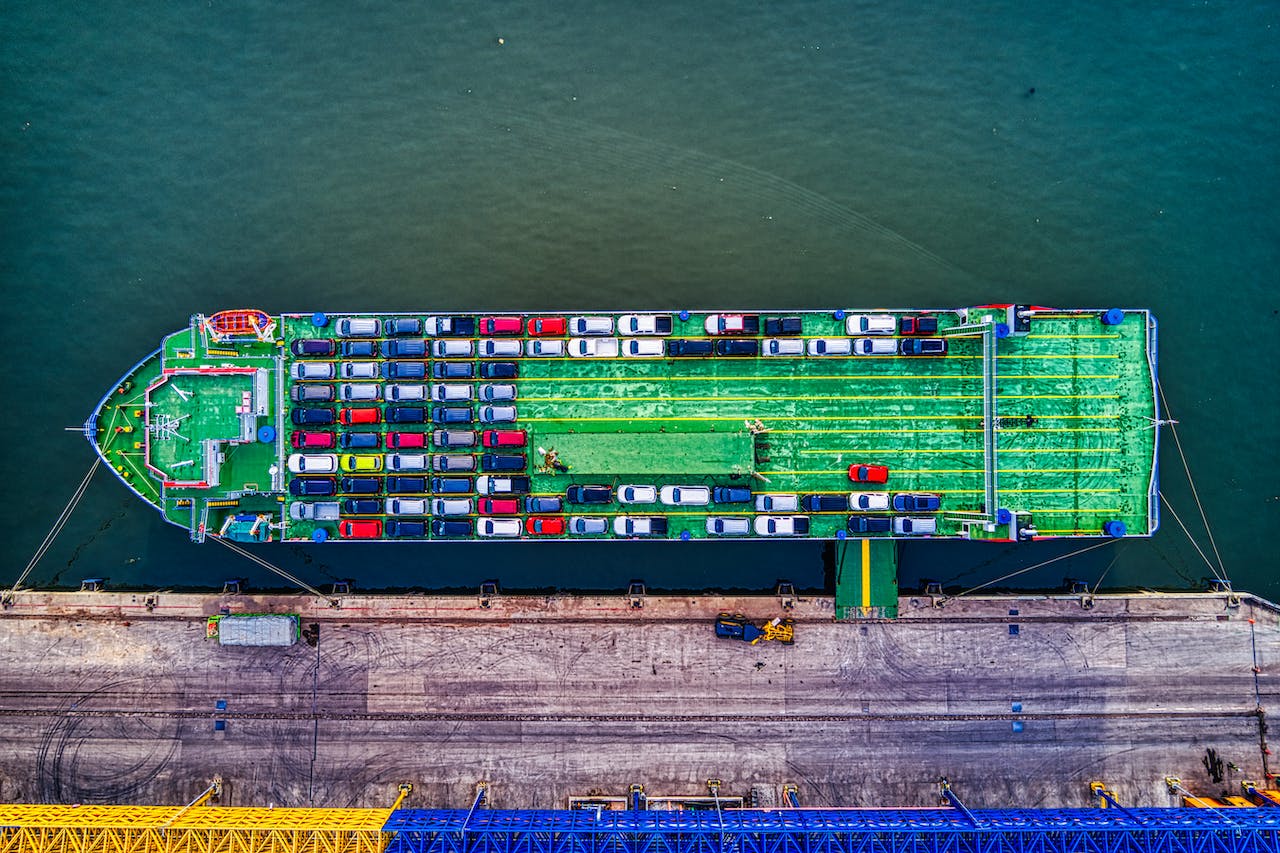Car Carrier Fleet Expected to Grow by 40% in Next Few Years

The booming market for Pure Car and Truck Carriers (PCTC), where daily rates have consistently hit six figures for months, is projected to expand by around 40% in the next few years, according to AXSRoRo, a new monthly publication from the creators of Alphaliner, a key resource for container shipping.
“Claiming that the PCTC market remains buoyant is an understatement when the newbuilding orderbook has reached an all-time high,” AXSRoRo declared in its inaugural article.
Clarksons' data indicates that the current PCTC fleet-to-orderbook ratio stands at 35%, second only to LNG, which holds a record ratio of 55%.
According to Clarksons, one-year time charters for 6,500 CEU ships are currently around $105,000, making car carriers one of the most lucrative segments in shipping during the 2020s. To provide some context, the previous peak for this segment was in 2008, with rates slightly over $50,000 per day.
Clarksons' data also reveals that nearly 40 firm car carrier contracts have been signed this year, including some of the largest ever, while last year saw 88 units primarily contracted across Chinese shipyards, with a focus on larger vessels.
In addition to the usual companies ordering tonnage, AXSRoRo noted the emergence of new players and tonnage providers such as Seaspan Corporation, H-Line Shipping, and Greece’s Atlas Maritime, which expects its first PCTC, the 7,000 CEU capacity Electric Star, to be delivered in October.
Global liners like HMM and CMA CGM have also entered the market, alongside Chinese automotive brands. Meanwhile, MSC’s $700 million acquisition bid for Oslo-listed Gram Car Carriers (GCC) is anticipated to finalize soon.
One major factor driving the soaring rates is the shifting trade patterns, with cars being transported over greater distances. This shift is largely fueled by the surge in long-haul Chinese exports, particularly to Europe, and increasingly includes larger, heavier electric vehicles.
The situation has been further complicated by the Red Sea shipping crisis, which has forced car carriers to take the much longer route to Europe via the Cape of Good Hope.
The rise in Chinese electric vehicle exports has become a significant issue for Western politicians, with both the US and the European Union considering tariffs this year.